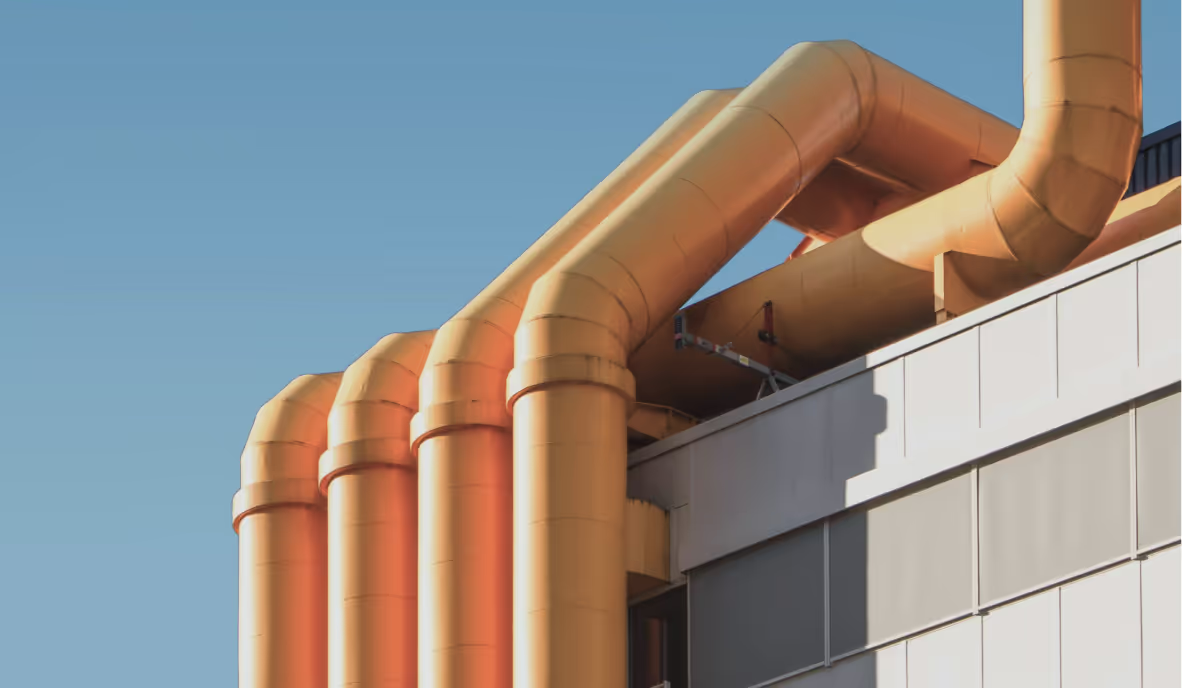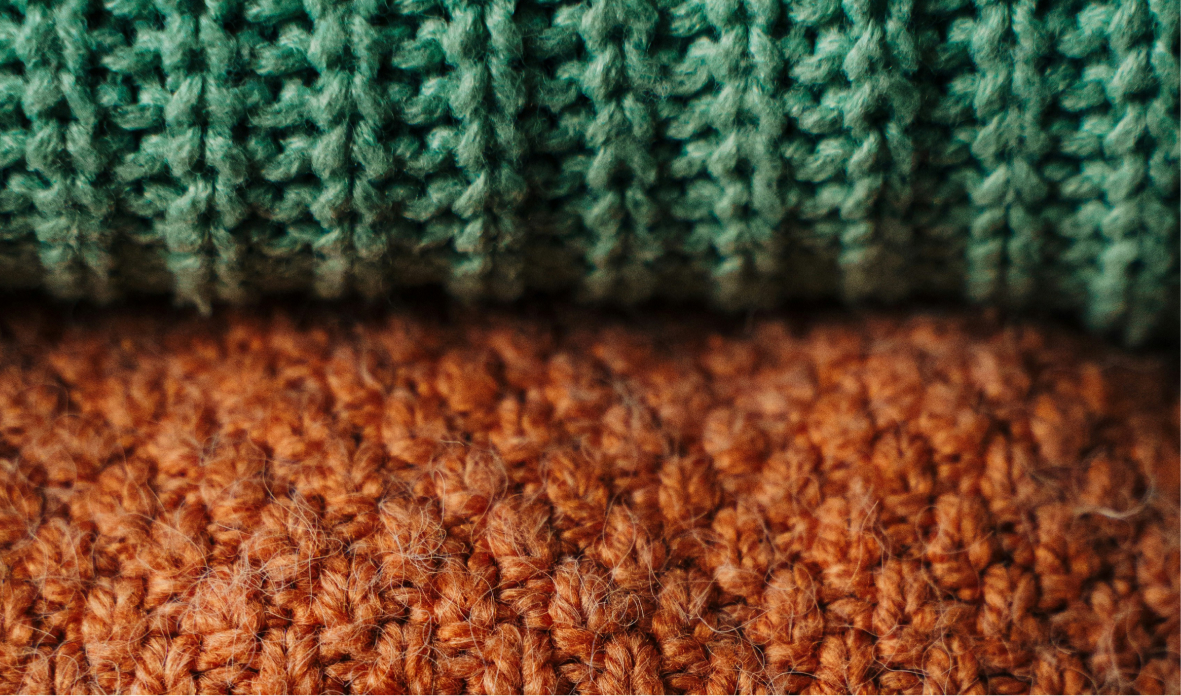Difference Between Tier 1, 2, and 3 Suppliers

Join the community





Bringing a product to life involves multiple suppliers. Some provide raw materials, others process them into semi-finished goods, and yet another group assembles and delivers the final product to the brand.
These suppliers are organized into different tiers within the supply chain. Here's a simple breakdown:
- Tier 1 Suppliers: Supply the final product to the brand.
- Tier 2 Suppliers: Provide materials or services to Tier 1 suppliers.
- Tier 3 Suppliers: Support Tier 2 suppliers with their materials or services.
These tiers can extend beyond Tier 3 as well. There’s no limit to the suppliers or subcontractors that a supplier can hire.
Tier 1 vs Tier 2 vs Tier 3 suppliers
Imagine you're purchasing a cotton T-shirt from a brand:
- Tier 1 suppliers cut, sew, package, and ship the T-shirt directly to the brand.
- Tier 2 suppliers create the fabric used by Tier 1 suppliers. They handle tasks like printing, ginning, spinning, and embroidery.
- Tier 3 suppliers transform raw materials into fibers, turning cotton lint into yarn. They spin, dye, and weave these fibers to prepare them for Tier 2 suppliers.
Beyond this, there are Tier 4 suppliers that grow and harvest cotton and supply it to Tier 3 suppliers.
Brands are usually unaware of all their suppliers
Most brands rely on Tier 1 suppliers for manufacturing and often don’t know much about their Tier 2 and 3 suppliers. Even if Tier 1 suppliers have good practices for workers and the environment, it doesn't mean Tier 2 and 3 suppliers do.
Many Tier 2 and 3 suppliers in the fashion industry are in countries without social safety nets or minimum wage laws. There have been reports of human rights abuses, including wage theft, physical and sexual abuse, unsafe working conditions, and union suppression.
These factories often dump hazardous chemicals and wastewater into the environment, polluting rivers and soil in nearby communities. This pollution affects the health of workers and residents.
Brands that only communicate with Tier 1 suppliers often remain unaware of these issues.
As consumers, we can play our part by supporting brands that are Climate Neutral certified.
{{cta-join3}}
These brands assess the carbon impacts of products and services from cradle to customer and actively work towards reducing and offsetting them.









.png)


